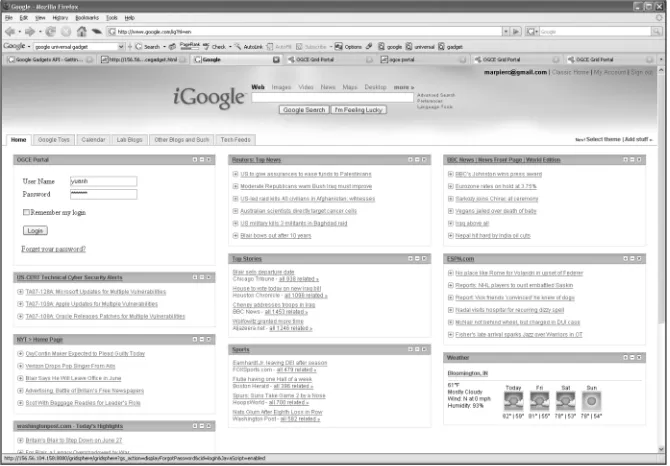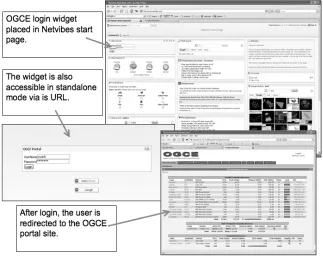Cyberinfrastructure and Web 2 0
Full text
Figure
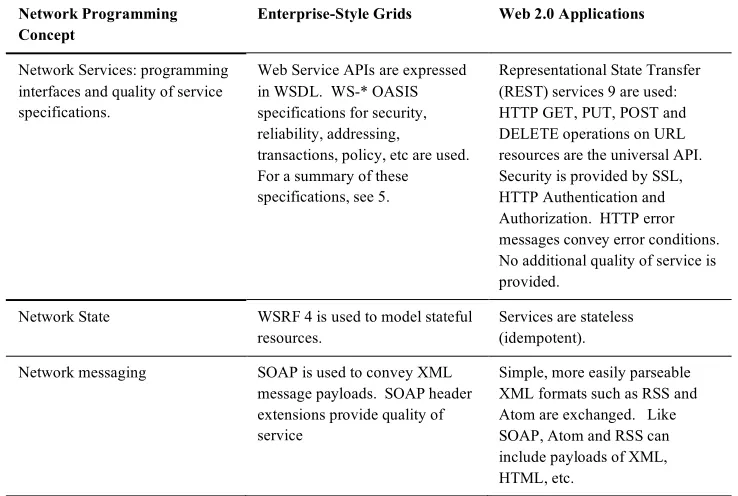
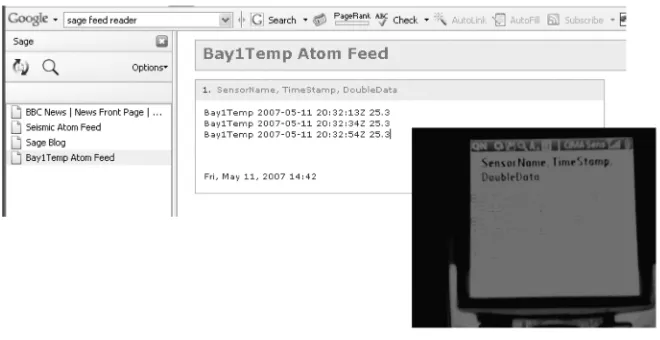
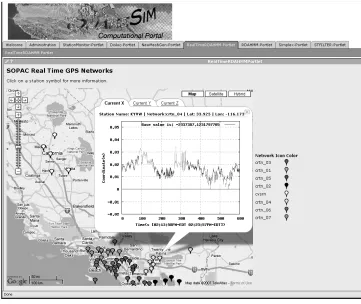
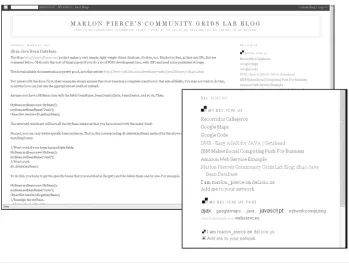
Related documents
We had a lot of fun together and I found it very touching to see how many Christmas cards the children made for their families; that showed me how much these kids need their
We focused on pancreatic NETs (pNETs) and reasoned that treatment of these tumors upon progression on rapalog therapy, with an mTOR kinase inhibitor (mTORKi)
• Even a specialized program for HTML editing and site management like Microsoft FrontPage 97, 98, … does not make it easy. - to add HTML meta fields to a HTML document (for
Other identified diseases affecting birds near Chase Lake included: 1) West Nile Vi- rus, positively diagnosed in other species from Stutsman County, North Dakota, in 2002 (USGS
If you see a candlestick reversal pattern soon after being stopped out of one of these trades (strategy ONE in this trading manual) you must then look for some „regular-divergence‟
In a pilot study conducted on 121 patients with chronic hepatitis C undergoing liver biopsy, the optimal cutoff values were 7.1 kPa (1.54 m/s) for significant fibro- sis
To enhance comprehension, the analysis is presented in two different ways: (1) general analysis of the autonomy (regarding children daily routines) and parental style
This downward rate is very high for ethnic minorities—67% of ethnic minority children had unskilled occupations even though their parents had skilled or nonmanual occupations..
